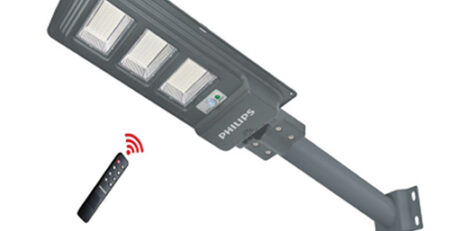Properties and Uses of Alloy Steel
Properties and Uses of Alloy Steel
electric resistance
A combination of steel with different elements in various proportions is called as Alloy Steel. The low alloy steels are generally referred as alloy steels, ranging between 1% and 7%. They are Chromium, Nickel, Molybdenum and Vanadium.
Properties of alloy steels:
It contains about 1% to 5% of steel that is combined with other elements. Different alloy elements have unique properties and adding these elements improve various qualities. Adding Chromium improves the temperature strength to heat treatment. Nickel is added to improve toughness. Molybdenum increases the strength of the material and vanadium increases the deoxidizing capabilities and offers corrosion resistance. All low alloy steels provide good toughness, torsional and fatigue strength. They also have photo active and semiconducting properties that make them fit for electronics applications. They are used as good catalysts for various industrial applications. With a range of properties they remain as the cost-effective additives that are combined with steel alloys.
The common properties of alloy steel are Corrosion Resistance, Machinability, Hardenability and Weldability.
Corrosion Resistance:
Corrosion is a phenomenon in which the metal is corroded or destroyed due to oxidation. This causes rusting of the metal surface. It has corrosion resistance properties to stop the rusting of the metal surface. Chromium, Nickel, Molybdenum and Vanadium alloys show high resistance to corrosion.
Machinability:
It is the capacity of the metal to undergo changes easily when subjected to various mechanical processes to get the desired result. Chromium, Molybdenum and Nickel show very good Machinability. In some cases it should be annealed.
Hardenability:
It is the property of the steel alloy to be hardened after heat treatment and cooling. In this process the metal transforms from an austenite to a martensite at a particular temperature condition. All the low steel alloys show good hardenability.
Weldability:
It is the ability of the metal to undergo the process of welding to be welded or joined to other surfaces. All alloy steels have good weldability. With the combination of Molybdenum, Chromium and Nickel, pre heating and post heating must be done while welding is carried out on large sections.
Uses of Alloy Steel:
They are used in various applications such as pipelines, auto components manufacturing, electric motors, axles and shafts of power transformers, generators, aircraft engines mounts, landing gears, wear resistant coatings, manufacturing power electronics components, hot zones of furnaces, electrodes manufacturing, solar cell coatings, magnets, radiation shields, forging dies, oil and petrochemical industries, production of lubricants and smoke suppressants.









Leave a Reply
You must be logged in to post a comment.